General Valve: Key Control in Industrial Processes
In modern industrial processes, the choice of valves directly affects the safety and efficiency of the system. As a high-performance shutoff valve, General Valve (Double Block & Bleed Plug Valve) has become the preferred equipment for harsh working conditions such as petroleum, chemical industry, and natural gas with its double isolation and release functions. We will explore the working principle, advantages and practical application scenarios of DBB Valve in depth to help industry users better understand its value.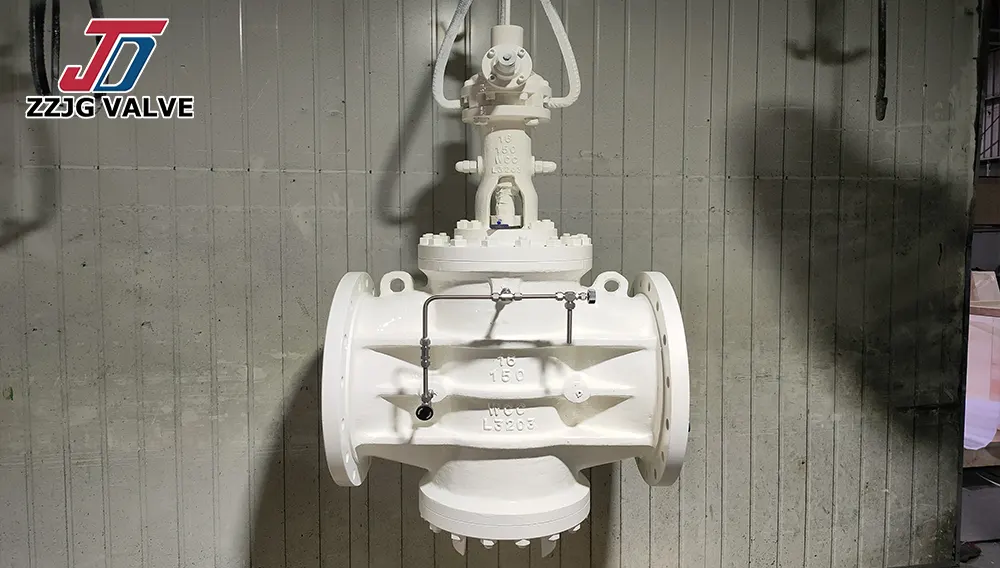
1. What is General Valve?
General Valve, full name Double Block and Bleed Plug Valve, is a valve with a double sealing structure. Its core design concept is to achieve complete isolation through two independent seals (Double Block) and the middle bleed port (Bleed) to ensure that there is no risk of leakage of the medium. This structure enables it to perform excellently in high-pressure, high-temperature and corrosive media environments, and is widely used in the safe shutoff of key pipelines.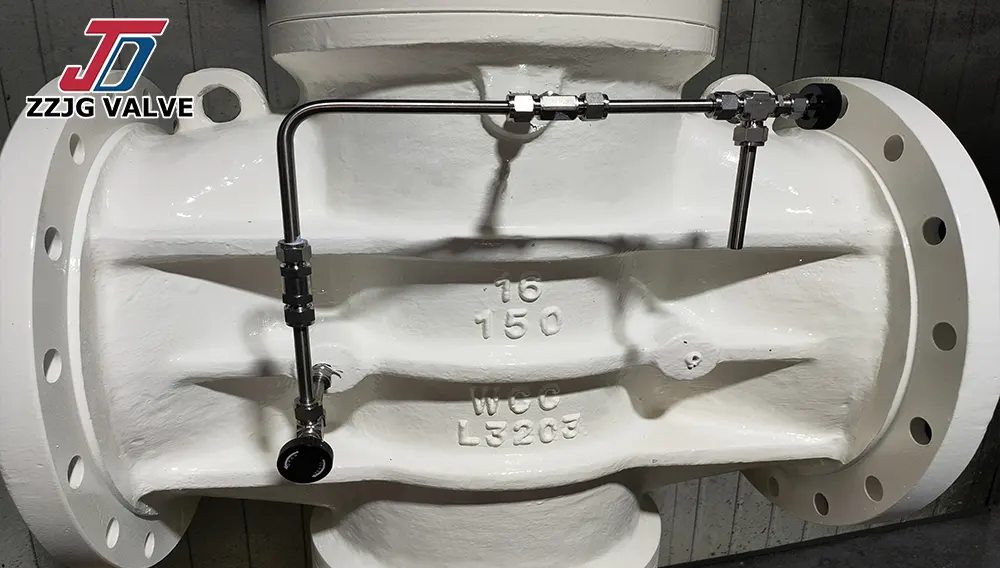
2. General Valve Features:
2.1 Double sealing guarantee: Two independent valve seats ensure zero leakage of the medium in both directions.
Two independent sealing structures: The inlet and outlet ends of the valve are equipped with independent valve seat seals to form two physical isolation barriers. Even if one seal fails, the other can still ensure that the medium will not leak.
Two-way sealing capability: Unlike ordinary valves that can only cut off in one direction, DBB plug valves can withstand two-way pressure and are suitable for pipelines where the flow direction of the medium may change (such as switching processes or backwashing conditions).
Compliance with international standards: The design meets the strict leakage level requirements of API 6D, ISO 15848, etc. (such as Class VI).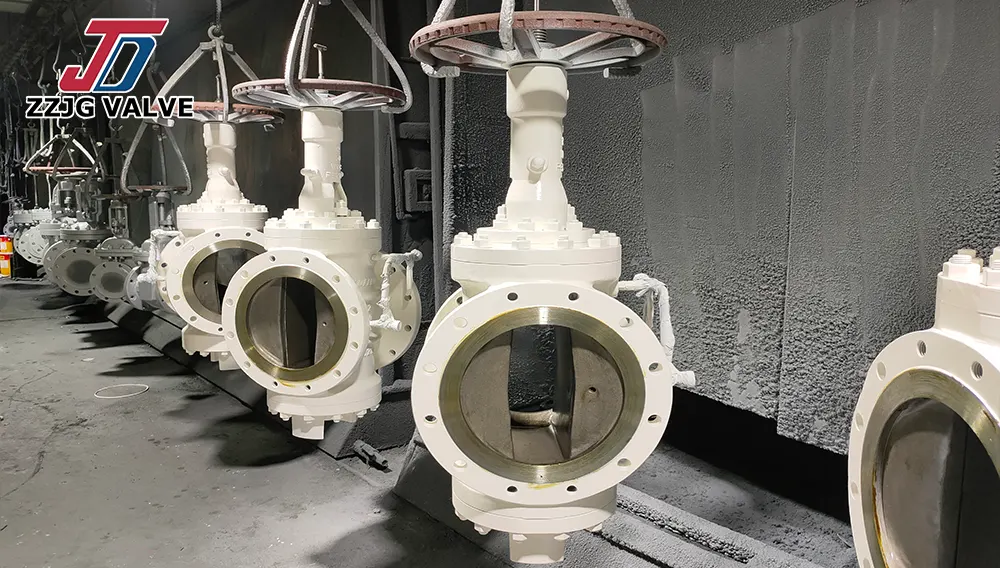
2.2 Discharge function: The valve cavity can drain the residual medium for easy maintenance and detection.
General valve cavity pressure relief design: The valve cavity between the two seals is equipped with a special discharge port to drain the residual medium (such as liquid, gas or solid particles) to avoid the risk of medium splashing when the valve is removed.
Online monitoring and discharge: DBB Plug Valve cavity pressure can be detected or sampled through the discharge port to confirm the integrity of the two seals (for example: the discharge port is connected to a pressure gauge, and if the pressure is zero, it proves that the seal is effective).
Environmental protection and cost saving: The discharge medium can be recycled (such as expensive raw materials in chemical processes), reducing waste and environmental pollution.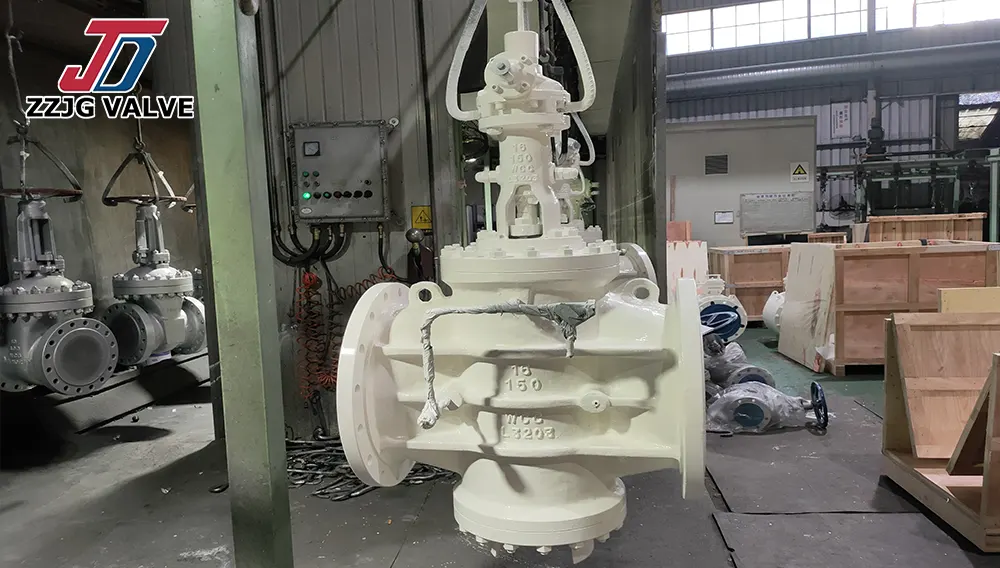
2.3 Compact design: Compared with the traditional double valve group solution, it saves space and reduces installation costs.
Replacement of traditional double valve group: The traditional solution requires the installation of two gate valves plus a discharge valve, while the DBB plug valve integrates the functions of the three into a single valve body, reducing the installation space by more than 50%.
Reduce pipeline complexity: Reduce flange connection points, reduce leakage risks and installation and maintenance costs.
Lightweight options: Some models adopt low torque design, which is convenient for manual operation or reducing the specifications of the actuator.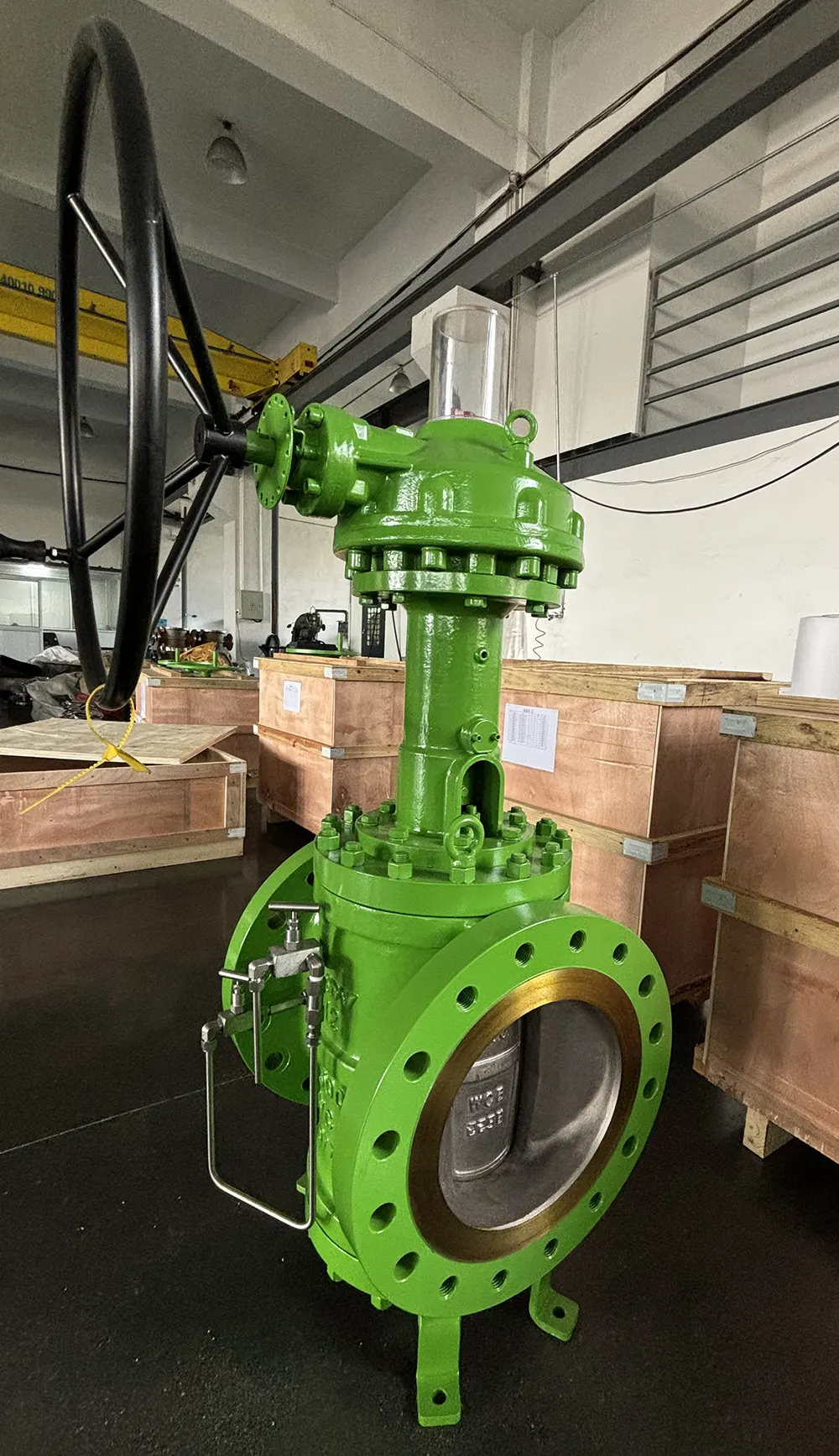
2.4 High reliability: Suitable for flammable, toxic or high-pressure media, in line with stringent standards such as API 6D.
Corrosion-resistant material: The valve body and seal can be made of carbon steel (WCB), stainless steel (CF8M), alloy (Inconel) or PTFE lined according to the medium.
Anti-scouring design: The plug surface is hardened (such as chrome plating or spraying tungsten carbide), suitable for medium containing particles (such as residual oil, slurry).
Fire safety: It complies with API 607/6FA standards and can still maintain sealing in the event of a fire (metal seal version).
Selection points:
High temperature conditions: Metal seals can withstand above 538℃, while PTFE seals are limited to about 260℃.
Low temperature applications: LNG (-196℃) requires special low temperature steel (such as LCB) and extended bonnet design.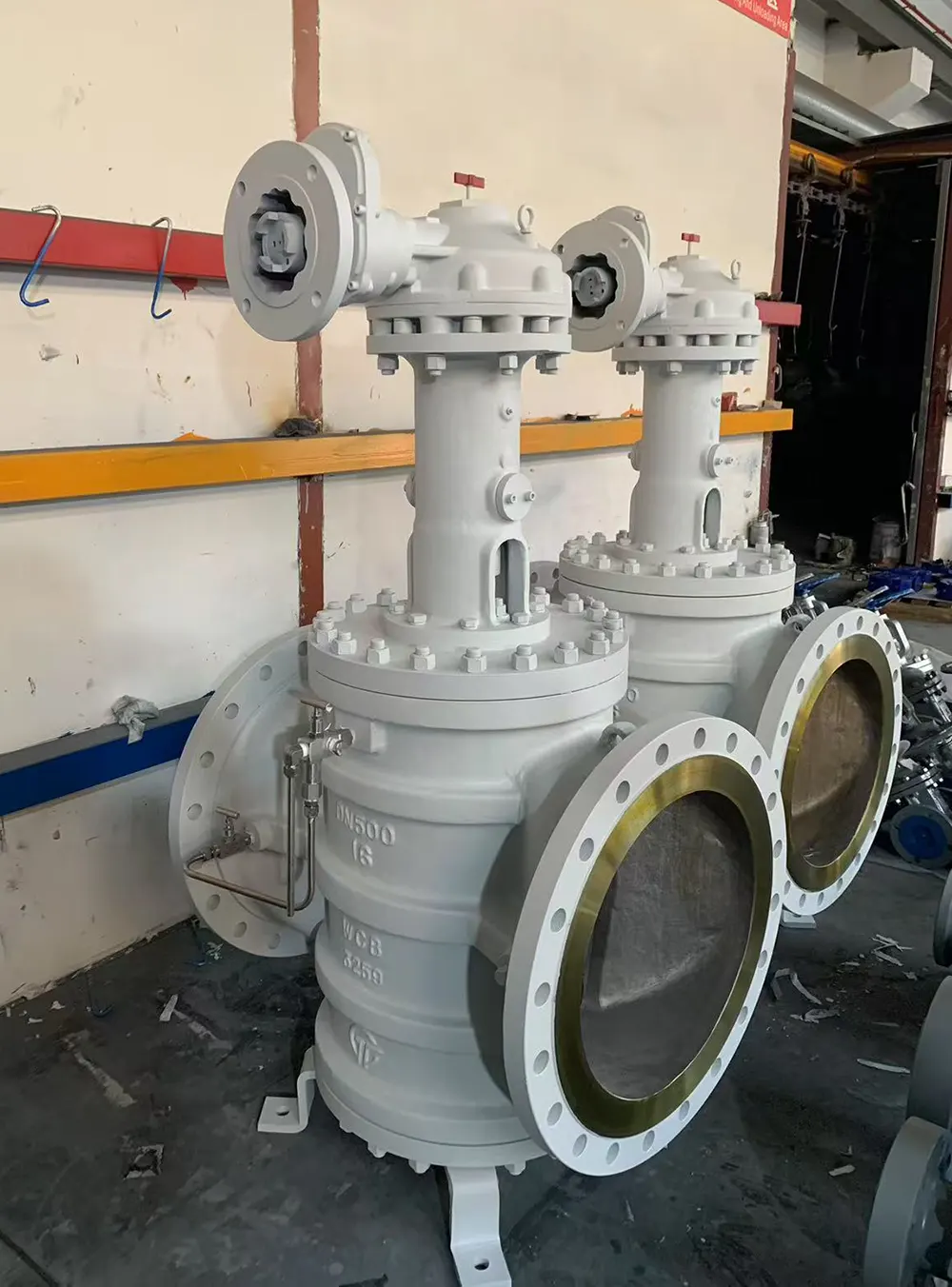
3. Conclusion
Today, as the process industry develops towards efficiency and safety, General valves have become the guardian of key pipelines with their double isolation, zero leakage, compactness and durability. Whether it is the harsh environment of oil and gas fields or the cleanliness requirements of pharmaceutical factories, it can provide reliable solutions. For engineers, reasonable selection and standardized maintenance will maximize its technical value.
Recent News
- TA2 / Gr.2 titanium Plug Valve Manufacturer
- What Is a Three-way Plug Valve
- Philippine Long-term Customers Visit ZZJG Valve Factory
- Ukrainian customer visited ZZJG for inspection
- How To Choose The Appropriate Paint For a Plug Valve?
- Key Factors for Selecting Lined Plug Valve vs. Soft Seated Plug Valve